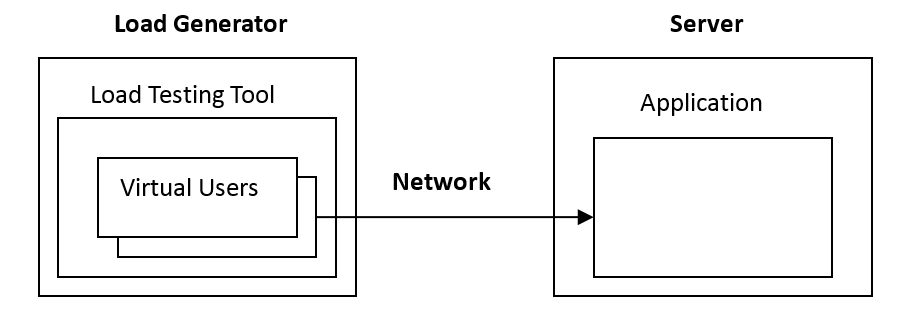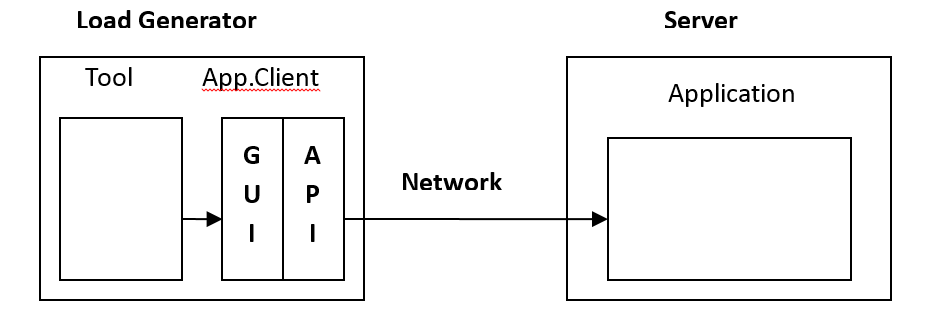Reinventing Performance Testing: New Technologies
I am looking forward to share my thoughts on ‘Reinventing Performance Testing’ at the imPACt performance and capacity conference by CMG held on November 7-10, 2016 in La Jolla, CA. I decided to publish a few parts here to see if anything triggers a discussion.
It would be published as separate posts:
–Introduction (a short teaser)
–Cloud
–Agile
–Continuous Integration
–New Architectures
-New Technologies (this post)
Quite often the whole area of load testing is reduced to pre-production testing using protocol-level recording/playback. Sometimes it even lead to conclusions like “performance testing hitting the wall” just because load generation may be a challenge. While protocol-level recording/playback was (and still is) the mainstream approach to testing applications, it is definitely just one type of load testing using only one type of load generation; such equivalency is a serious conceptual mistake, dwarfing load testing and undermining performance engineering in general.
Well, the time when all communication between client and server was using simple HTTP is in the past and the trend is to provide more and more sophisticated interfaces and protocols. While load generation is rather a technical issue, it is the basis for load testing – you can’t proceed until you figure out a way to generate load. As a technical issue, it depends heavily on the tools and functionality supported.
There are three main approaches to workload generation and every tool may be evaluated on which of them it supports and how.
Protocol-level recording/playback
This is the mainstream approach to load testing: recording communication between two tiers of the system and playing back the automatically created script (usually, of course, after proper correlation and parameterization). As far as no client-side activities are involved, it allows the simulation of a large number of users. Such tool can only be used if it supports the specific protocol used for communication between two tiers of the system.

Fig.1 Record and playback approach, protocol level
With quick internet growth and the popularity of browser-based clients, most products support only HTTP or a few select web-related protocols. To the author’s knowledge, only HP LoadRunner and Borland SilkPerformer try to keep up with support for all popular protocols (other products claiming support of different protocols usually use only UI-level recording/playback, described below). Therefore, if you need to record a special protocol, you will probably end up looking at these two tools (unless you find a special niche tool supporting your specific protocol). This somewhat explains the popularity of LoadRunner at large corporations because they usually using many different protocols. The level of support for specific protocols differs significantly, too. Some HTTP-based protocols are extremely difficult to correlate if there is no built-in support, so it is recommended that you look for that kind of specific support if such technologies are used. For example, Oracle Application Testing Suite may have better support of Oracle technologies (especially new ones such as Oracle Application Development Framework, ADF).
UI-level recording/playback
This option has been available for a long time, but it is much more viable now. For example, it was possible to use Mercury/HP WinRunner or QuickTest Professional (QTP) scripts in load tests, but a separate machine was needed for each virtual user (or at least a separate terminal session). This drastically limited the load level that could be achieved. Other known options were, for example, Citrix and Remote Desktop Protocol (RDP) protocols in LoadRunner – which always were the last resort when nothing else was working, but were notoriously tricky to play back.

Fig.2 Record and playback approach, GUI users
New UI-level tools for browsers, such as Selenium, have extended the possibilities of the UI-level approach, allowing running of multiple browsers per machine (limiting scalability only to the resources available to run browsers). Moreover, UI-less browsers, such as HtmlUnit or PhantomJS, require significantly fewer resources than real browsers.

Fig.3 Record and playback approach, browser users
Today there are multiple tools supporting this approach, such as Appvance, which directly harnesses Selenium and HtmlUnit for load testing; or LoadRunner TruClient protocol and SOASTA CloudTest, which use proprietary solutions to achieve low-overhead playback. Nevertheless, questions of supported technologies, scalability, and timing accuracy remain largely undocumented, so the approach requires evaluation in every specific case.
Programming
There are cases when recording can’t be used at all, or when it can, but with great difficulty. In such cases, API calls from the script may be an option. Often it is the only option for component performance testing. Other variations of this approach are web services scripting or use of unit testing scripts for load testing. And, of course, there is a need to sequence and parameterize your API calls to represent a meaningful workload. The script is created in whatever way is appropriate and then either a test harness is created or a load testing tool is used to execute scripts, coordinate their executions, and report and analyze results.

Fig 4. Programming API using a Load Testing Tool.
To do this, the tool should have the ability to add code to (or invoke code from) your script. And, of course, if the tool’s language is different from the language of your API, you would need to figure out a way to plumb them. Tools, using standard languages such as C (e.g. LoadRunner) or Java (e.g. Oracle Application Testing Suite) may have an advantage here. However, you need to understand all of the details of the communication between client and server to use the right sequences of API calls; this is often the challenge.
The importance of API programming increases in agile / DevOps environments as tests are run often during the development process. In many cases APIs are more stable than GUI or protocol communication – and even if something changed, the changes usually can be localized and fixed – while GUI- or protocol-based scripts often need to be re-created.
Special cases
There are special cases which should be evaluated separately, even if they use the same generic approaches as listed above. The most prominent special case is mobile technologies. While the existing approaches remain basically the same, there are many details on how these approaches get implemented that need special attention. The level of support for mobile technologies differs drastically: from the very basic ability to record HTTP traffic from a mobile device and play it back against the server up to end-to-end testing for native mobile applications and providing a “device cloud”.
